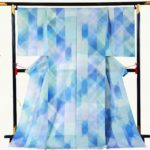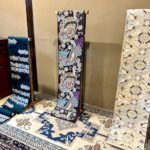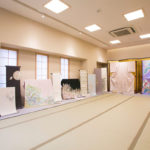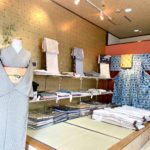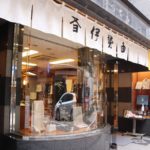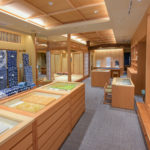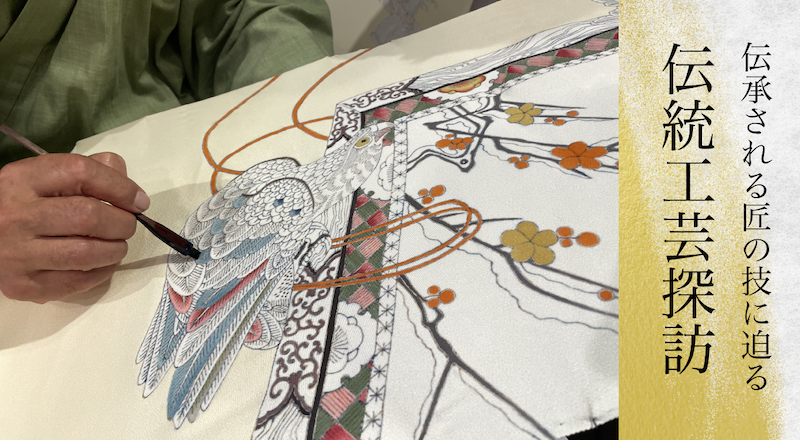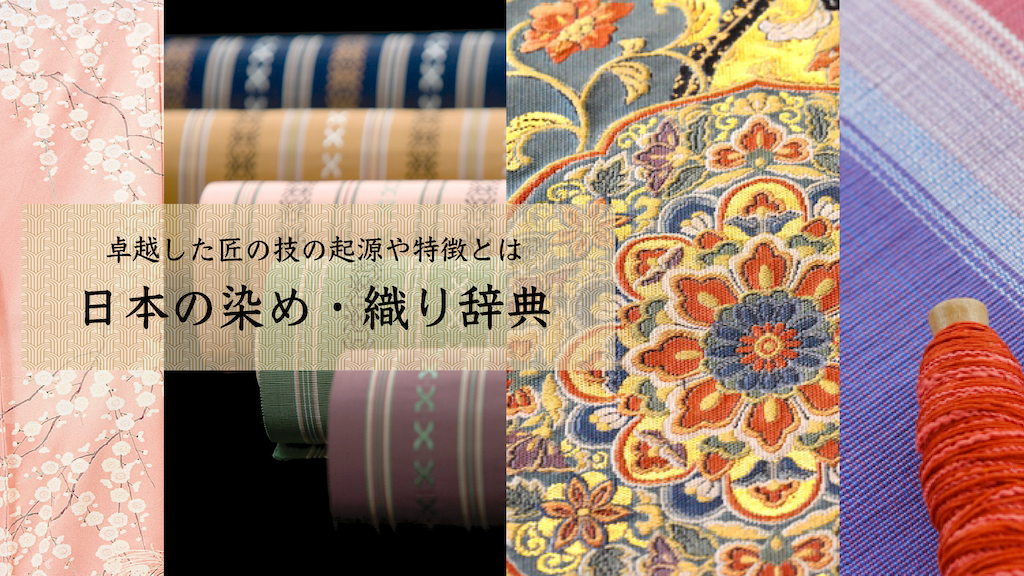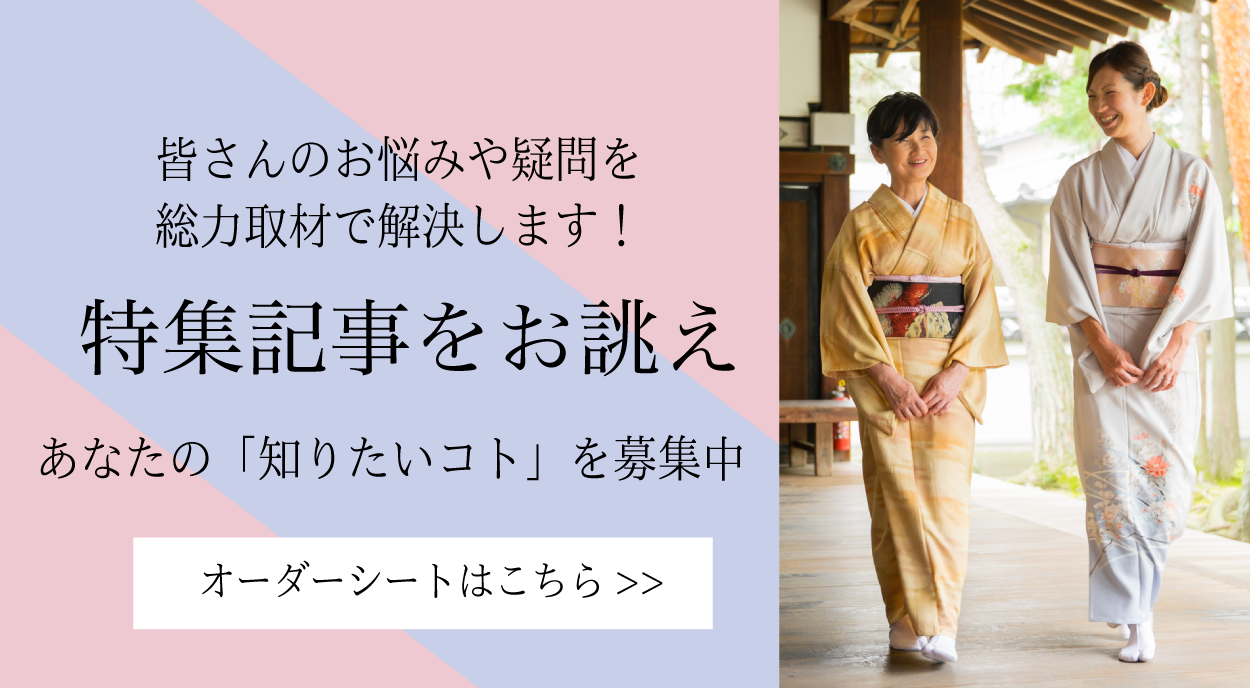浜縮緬
Pronunciation: Hama-chirimen
Production area: Nagahama region, Shiga Prefecture
Hama-chirimen, also known as Nagahama-chirimen, is a silk textile produced in the Nagahama region. Its defining feature is the shibo—a fine crêpe-like texture of ridges and wrinkles on the surface—that creates a lustrous sheen, smooth touch, and excellent dye absorption. This makes it one of the finest base fabrics for kimono, often used in Kaga-yuzen and Kyo -yuzen. The region once flourished with mulberry fields and sericulture. Textile production began in the mid-Edo period and developed under the patronage of the Hikone Domain. Nagahama’s rich water and humid climate, ideal for weaving, nurtured the craft. A unique technique of the area is haccho-nenshi (eight-block twisting), in which raw silk threads are softened by boiling for 40–50 minutes, kept moist, and twisted 2,000–3,500 times per meter. The process uses stable underground spring water sourced from melted snow of Mt. Ibuki, which maintains consistent quality year-round. With the introduction of power looms in the early Taisho period, production expanded, while traditional handcrafting techniques continued to be refined.

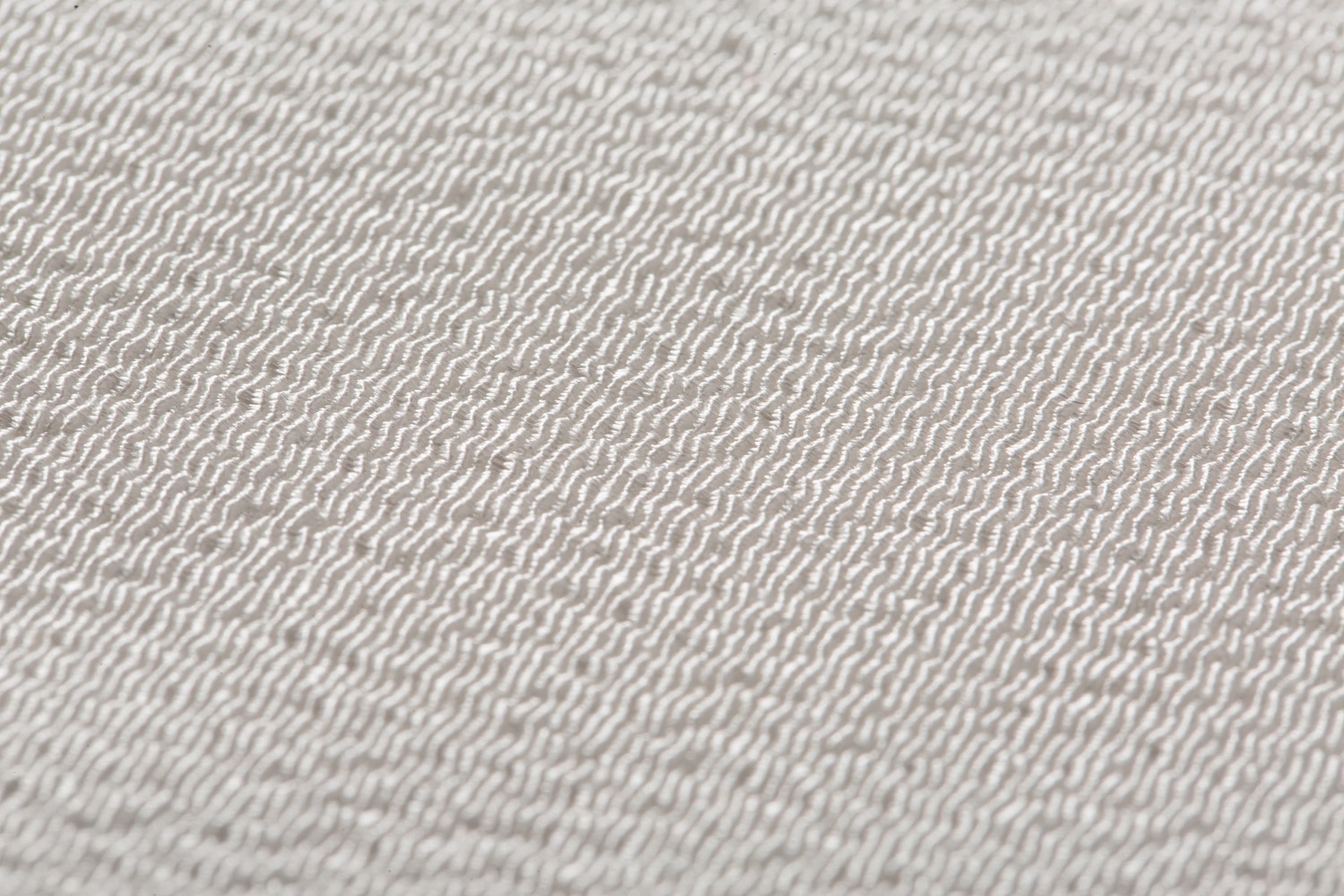
Photo courtesy ofHama Chirimen Industrial Association

